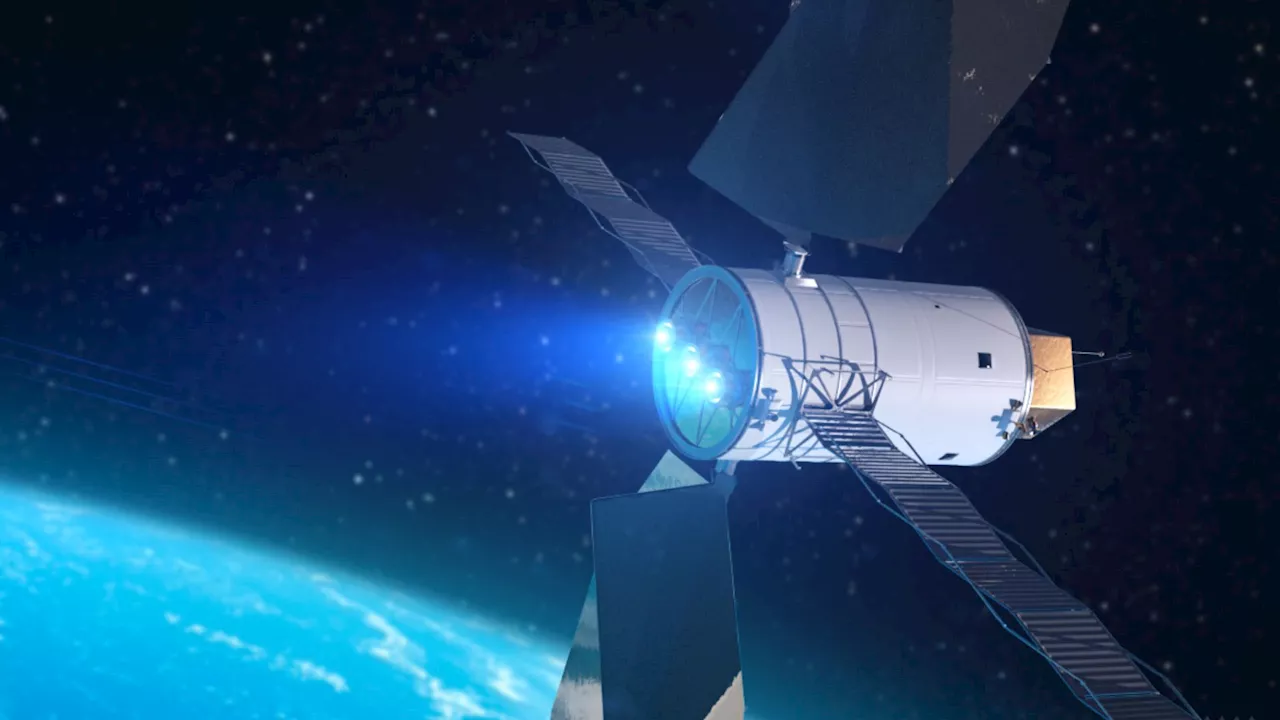Researchers at the University of Virginia are using advanced simulations to study electron behavior in electric propulsion thrusters.
Electric propulsion thrusters are expected to revolutionize space exploration, offering a fuel-efficient alternative to traditional chemical rockets.
This technology is crucial for long-duration missions, like NASA’s Artemis program, enabling spacecraft to travel farther with less fuel. However, the technology is not without its challenges. “In order to ensure the technology remains viable for long-term missions, we need to optimize EP integration with spacecraft systems,” said Cui.
“These particles may be small, but their movement and energy play an important role in determining the macroscopic dynamics of the plume emitted from the electric propulsion thruster,” he highlighted.Some particles from the plume can flow back towards the spacecraft. This can potentially cause damage to sensitive components like solar panels and communication antennas.
United States Latest News, United States Headlines
Similar News:You can also read news stories similar to this one that we have collected from other news sources.
 Researchers use data from citizen scientists to uncover the mysteries of a blue low-latitude auroraColorful auroras appeared around Japan's Honshu and Hokkaido islands on May 11, 2024, sparked by an intense magnetic storm. Usually, auroras observed at low latitudes appear red due to the emission of oxygen atoms.
Researchers use data from citizen scientists to uncover the mysteries of a blue low-latitude auroraColorful auroras appeared around Japan's Honshu and Hokkaido islands on May 11, 2024, sparked by an intense magnetic storm. Usually, auroras observed at low latitudes appear red due to the emission of oxygen atoms.
Read more »
 University of Illinois researchers develop DNA NanoGripper to detect, inhibit virusesUniversity of Illinois researchers develop DNA NanoGripper to detect viruses
University of Illinois researchers develop DNA NanoGripper to detect, inhibit virusesUniversity of Illinois researchers develop DNA NanoGripper to detect viruses
Read more »
 University of Alaska Fairbanks researchers link climate change to extreme weather events40 scientists and Indigenous experts contributed to the 32-page report, titled Alaska’s Changing Environment 2.0.
University of Alaska Fairbanks researchers link climate change to extreme weather events40 scientists and Indigenous experts contributed to the 32-page report, titled Alaska’s Changing Environment 2.0.
Read more »
 Westlake University Seeks Neuroscience ResearchersWestlake University invites applications for multiple tenure-track/tenured faculty positions in the School of Life Sciences, focusing on neuroscience research using nonhuman primates.
Westlake University Seeks Neuroscience ResearchersWestlake University invites applications for multiple tenure-track/tenured faculty positions in the School of Life Sciences, focusing on neuroscience research using nonhuman primates.
Read more »
 Cooling Sunscreen Developed by Tsinghua University ResearchersA new sunscreen developed by Tsinghua University researchers cools the skin by up to 6 degrees Celsius, offering a significant advancement in sun protection technology.
Cooling Sunscreen Developed by Tsinghua University ResearchersA new sunscreen developed by Tsinghua University researchers cools the skin by up to 6 degrees Celsius, offering a significant advancement in sun protection technology.
Read more »
 Zhejiang University International Campus Seeks Faculty and ResearchersThe International Campus of Zhejiang University (iZJU) is actively seeking candidates for tenure-track, tenured, Haina Scholar, and postdoctoral positions across various disciplines.
Zhejiang University International Campus Seeks Faculty and ResearchersThe International Campus of Zhejiang University (iZJU) is actively seeking candidates for tenure-track, tenured, Haina Scholar, and postdoctoral positions across various disciplines.
Read more »
